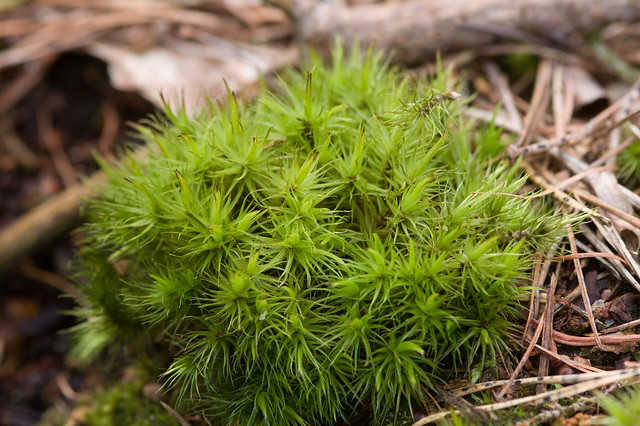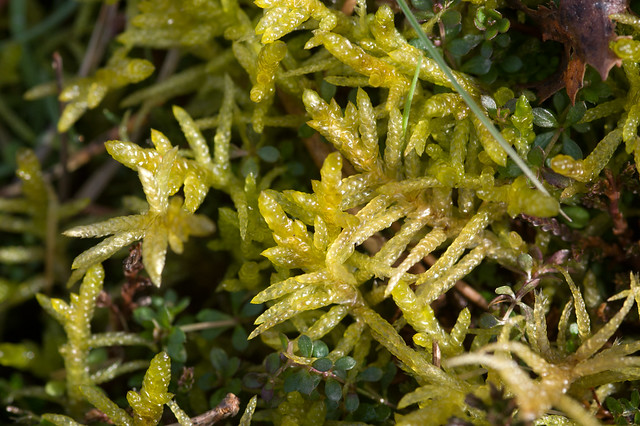I suspect the term record shot hasn't made it into the Oxford English Dictionary, but if it had I'd imagine it would say something like "a photograph which acts as a record of, or aid to identification of, a species". Record shots might be a fine photograph in their own right, but more often the term is attached to a photograph as a kind of apology for its aesthetic deficiencies. My trip to Potton Wood this afternoon produced as fine an example of the latter as you are ever likely to see.
With an unexpected free hour becoming available, and the sun shining, there was only one place I was likely to head, especially as now is the time of year to start cracking some of those new year resolutions. Specifically, I was hoping to find the bumblebee mimicking hoverfly
Criorhina ranunculi, one of my resolutions from my
2015 hoverfly review post. Initially things didn't look too promising, a lot of the sallows weren't really flowering yet, and the few that were, were way out of reach in the canopy. As I pressed on into the wood there were at least some hoverflies to look at, the common
Eristalis pertinax seems to be having a particularly good spring. I also allowed myself to be briefly distracted by my first butterfly of the year in the shape of a slightly worn out looking Comma, and a collection of odd looking fungi which turned out to be stump puffballs.
 |
| Eristalis pertinax |
 |
| Comma |
 |
| Stump Puffballs |
Deep in the woods I came across a sallow that seemed much further into flower than the others, even if the nearest flowers were still significantly above head height. I decided to hang around and see what I could see, as there were clearly lots of insects being attracted. These were mainly bumblebees, Buff-tailed, Early, Tree and Garden, but amongst them I noticed a smaller yet still fluffy looking silhouette. It looked distinctly promising for a
Criorhina, but was clearly not going to come any closer, so I pointed the camera in its general direction and took a load of photos.
The initial results looked something like this, with the fly a mere speck in the centre of the image.
A judicious bit of cropping later though, and enough detail remains to be clear that this is indeed a
Criorhina ranunculi.
 |
| Criorhina ranunculi, with the red tail and pale hairs on the thorax clearly visible |
 |
| Criorhina in silhouette, the distinctive face shape and colour, as well as the antennal shape, show well |
being able to do things like this makes me very grateful to live in the age of digital photography. 20 years ago I'd have been lugging a film camera around, and not about to waste an entire roll on the off chance that I might be able to identify a single insect, and even 10 years ago, the digital cameras that were around probably wouldn't have captured enough detail to make identification possible.















